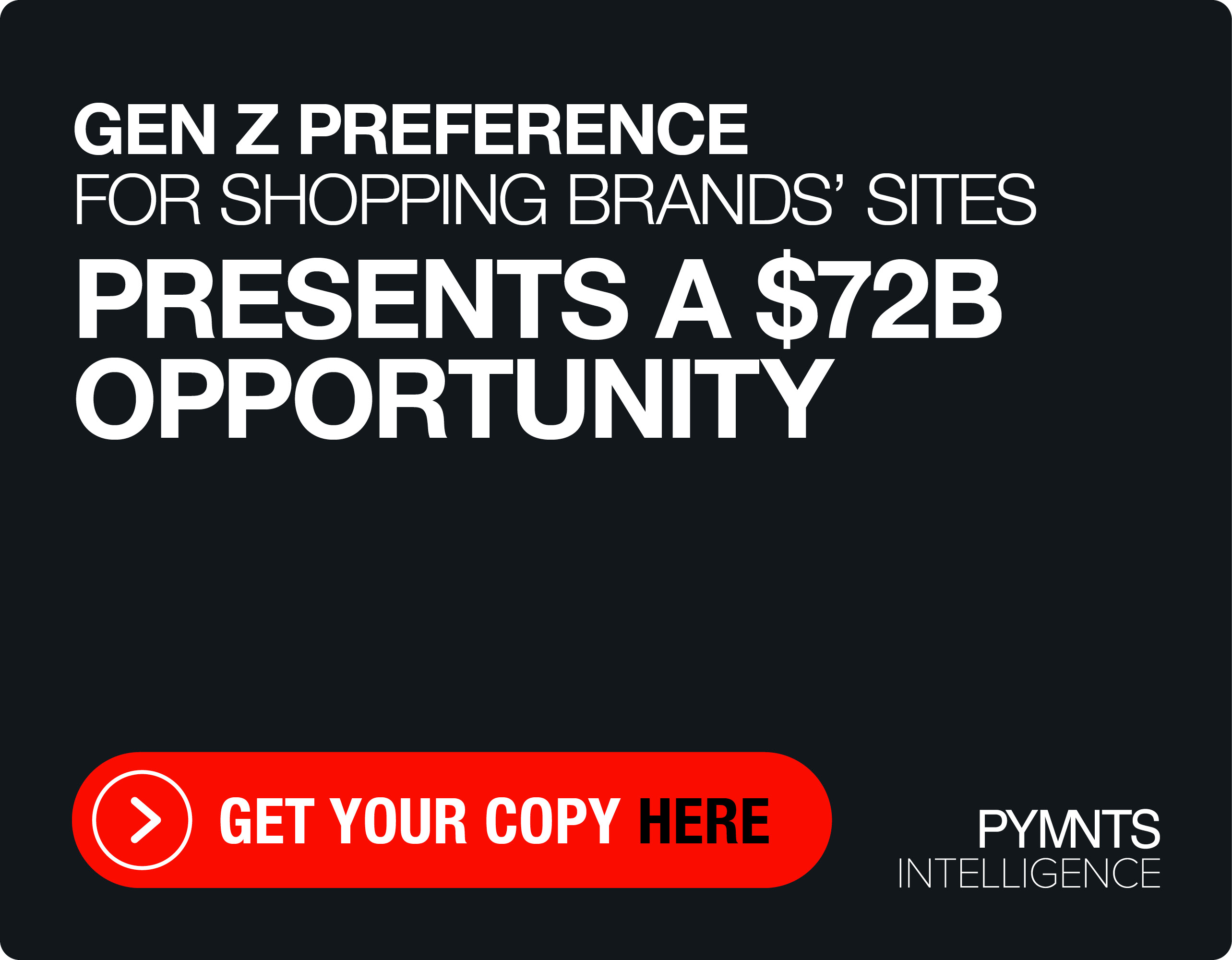Consumer Receipt Data Could Unlock Valuable and Permissioned Healthcare Insights
While mostly a retail and finance tool, receipt data has already proven it can save lives.
Researchers in the United Kingdom published findings last month demonstrating the benefit of early disease detection using item-level data taken from loyalty cards. The paper, led by Imperial College scientists as part of the Cancer Loyalty Card Study, correlated higher purchases of over-the-counter pain and indigestion medication in women later diagnosed with ovarian cancer.
As this change in customer spending habits can come as long as eight months before diagnosis, researchers noted, “facilitating earlier presentation among those who self-care for symptoms using this novel data source could improve ovarian cancer patients’ options for treatment and improve survival.”
Interestingly, this isn’t the first healthcare-related study out of the U.K. examining the medical benefits of using loyalty card data. A 2018 study using big data analytics found men to be half as likely as women to purchase sun protection. This was a factor, researchers argued, behind men’s higher skin cancer rates. Another paper used loyalty card data from a London-based grocery store to connect population-wide dietary information and health outcomes, predicting areas suffering from high rates of diabetes with 91% accuracy.
As these features are powered by shoppers’ personal data, informed consent and consumer authorization makes all the difference. The new consumer-focused California Privacy Rights Act has already been an example of regulation designed to protect customer information that may catch on in other states, and all parties sharing receipt data and other shopper information should make clear that this sharing would be a voluntary effort to stay on the “good side” of both consumer sentiment and regulators.
Partnerships between FinTechs, financial institutions (FIs) and healthcare providers are not yet common, but as noted in PYMNTS/Banyan collaboration, “Meeting the Need for Item-Level Receipt Data: How Integration Enables Innovation,” FinTechs and FIs provide their merchant-clients with spending behavior tools to enhance the overall customer experience. Using receipt data for healthcare-related purposes might generally fall under this category as well.

Healthcare-dedicated platforms are already run by FIs and FinTechs offering multiple financial tools such as loyalty, financing and incentive options. Those features are currently dedicated to healthcare payment options and digital information storage, as is the case with finance platform Lynx. It may be possible for some of these platforms one day to open themselves to offering receipt data from participating consumers to track over-the-counter and other related purchases.
Healthcare-dedicated payments platforms are also being offered by large financial firms, which have a higher data readiness and therefore may be able to implement additional tools for providers such as receipt data easier than firms with low readiness.
In an interview with PYMNTS, Bank of America’s director, healthcare receivables product lead Andres Jimenez, explained the joys of simplicity in meeting the financial needs of the modern healthcare system.
“What ends up happening is you get these clients that have multiple systems that they need to maintain, and then they need to create integrations between their banks and all the other financial revenue cycle systems that they’re using to analyze the challenges to healthcare data interoperability for banks,” he said.
“I would rather have something simple where I can log in once and have all the data flow directly there,” he added. “That’s kind of the vision that we have for healthcare banking and healthcare interoperability through a bank.”
FinTechs and FIs would possibly find loyalty benefits by offering providers innovative healthcare-related tools, such as participating relevant receipt data. Providers would benefit from the ability to offer better care to their patients, who then would also presumably remain loyal. As receipt data changed merchant and financial analytics, it may one day in the healthcare sector as well.
